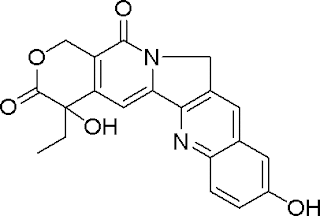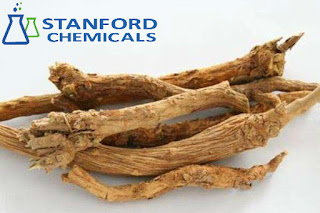What Do You Use Dihydromyricetin For?
Dihydromyricetin, also known as Ampelopsin, is a kind of flavanonol flavonoid. It was found in the Ampelopsis species japonica, megalophylla, and grossedentata. Also, it was approved existence in Cercidiphyllum japonicum; Hovenia dulcis; Rhododendron cinnabarinum and some Pinus species as well. Some Cedrus species and Salix sachalinensis had also been said to contain it. It significantly inhibits the catalytic activities of dihydropyrimidinase toward both the natural substrate dihydrouracil and xenobiotic substrate 5-propyl-hydantoin.
To extract dihydromyricetin, numerous methods have been developed to extract ampelopsin from hovenia dulcis at large scales. Hovenia dulcis has been used in traditional Japanese, Chinese, and Korean medicines to treat fever, parasitic infection as a laxative and a treatment of liver diseases.
Dihydromyricetin exhibits a great inhibitory effect on the activities of dihydropyrimidinase for both substrates, even more than Myricetin does.
Sometimes it also acts as a hangover treatment. Moreover, laboratory research has been conducted with the compound to see if it might be useful as a drug in any of the conditions for which the parent plant has been traditionally used. In a trial of sixty patients with fatty liver disease dihydromyricetin improved glucose and lipid metabolism and exerted anti-inflammatory effects which were beneficial. Dihydromyricetin treatment enormously shortens the escape latency when compared with D-gal-induced model group.
To extract dihydromyricetin, numerous methods have been developed to extract ampelopsin from hovenia dulcis at large scales. Hovenia dulcis has been used in traditional Japanese, Chinese, and Korean medicines to treat fever, parasitic infection as a laxative and a treatment of liver diseases.
Dihydromyricetin exhibits a great inhibitory effect on the activities of dihydropyrimidinase for both substrates, even more than Myricetin does.
Sometimes it also acts as a hangover treatment. Moreover, laboratory research has been conducted with the compound to see if it might be useful as a drug in any of the conditions for which the parent plant has been traditionally used. In a trial of sixty patients with fatty liver disease dihydromyricetin improved glucose and lipid metabolism and exerted anti-inflammatory effects which were beneficial. Dihydromyricetin treatment enormously shortens the escape latency when compared with D-gal-induced model group.





Comments
Post a Comment